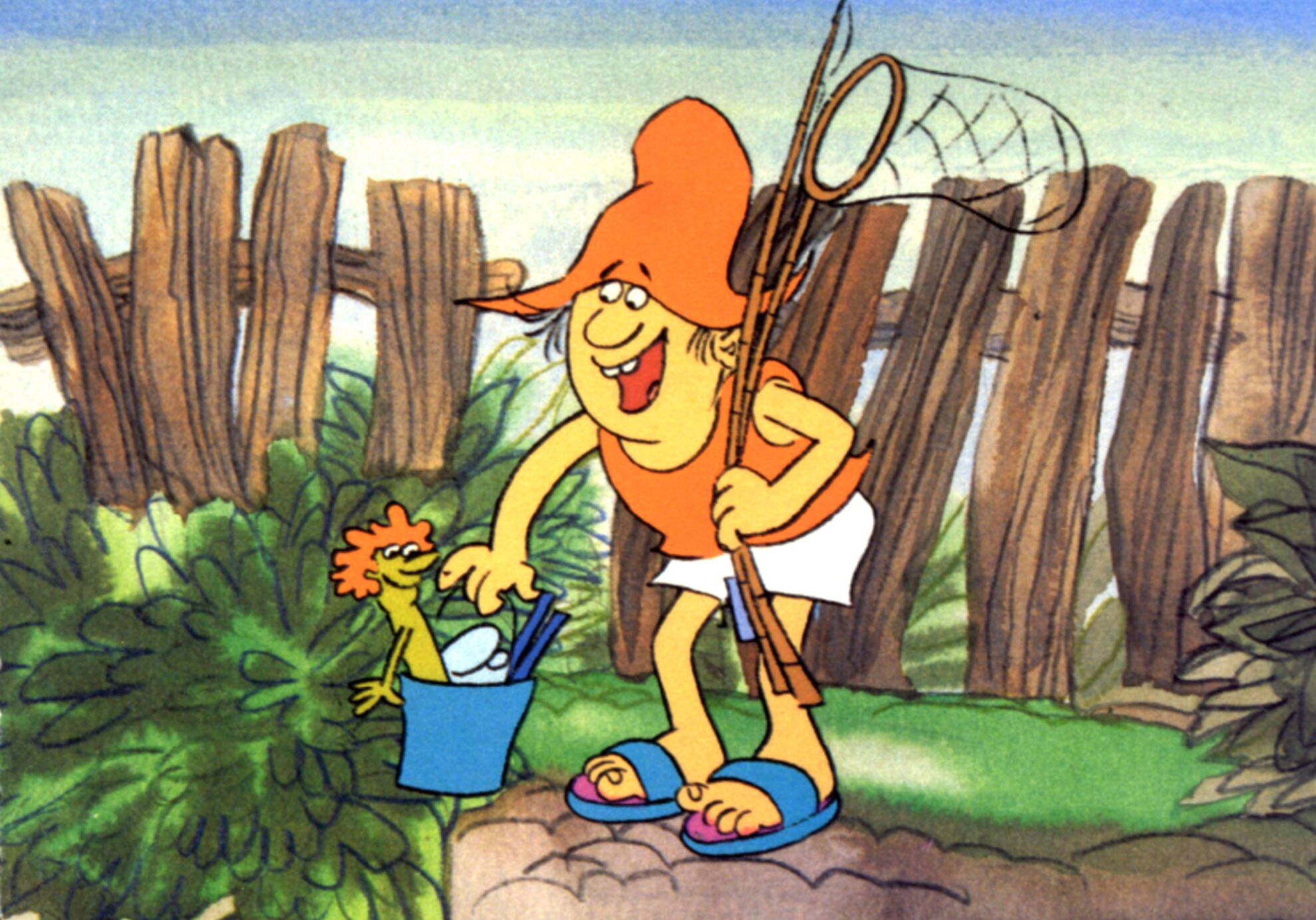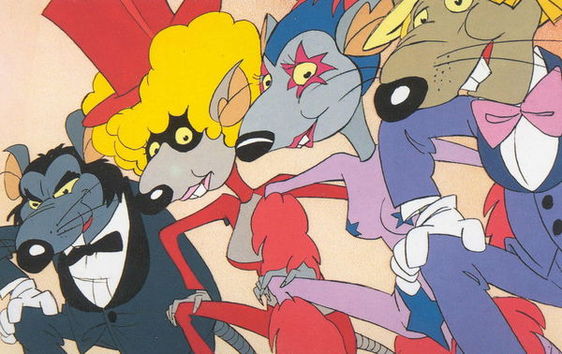Cat City
Cat City
(Macskafogó, a clever pun, which would translate to
Cat Trap ) is a
Hungarian-German-Canadian coproduction that debuted on the silverscreen in
1986 , and became an instant classic. The film takes place on
Planet X , in the year
80 AMM
(After Mickey Mouse). The story is centered around the cat mob’s evil masterplan to entirely erase the planet’s mouse population. This looming nightmare can only be stopped if
Professor Fushimishi ’s counterplans are kept and delivered safe and sound, a mission suited for
Intermouse ’s once-best agent,
Nick Grabowski , who’s called back from retirement to save micekind. To sidetrack the cats, a second agent,
Sgt. Lazy Dick , is also thrown into action as a bait.
Mr. Gatto , the mob’s kingpin, and Fritz Teufel, his right hand, do everything they can to prevent
Grabowski
from delivering the plans, including sending a quartet of killer rats to hunt him down.
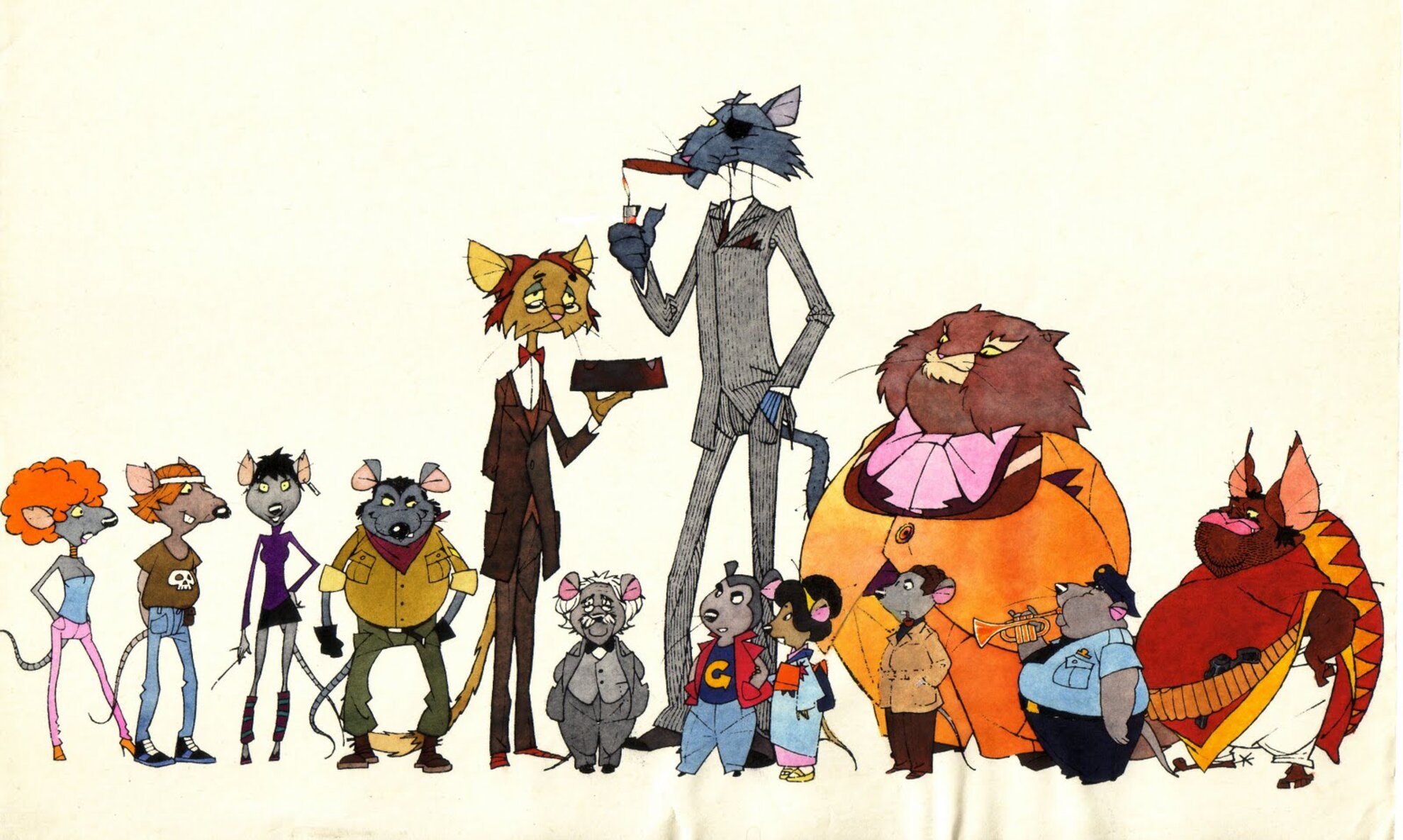
The Mézga Family
The Mézga Family
is the Hungarian version of
The Simpsons . The
Mézgas
first appeared on TV in
1968 , and had two more seasons in
1974 and 1978 . The series portrays a seemingly typical
middle-class family
consisting of
Géza , the clumsy father playing second fiddle to his wife,
Paula ;
Aladár , a 12-year-old boy who happens to be a child prodigy, and
Kriszta , a girl in her teens showing all the antics associated with her age. The first season’s main motives are the conflicts stirred by
MZ/X,
a.k.a.
Öcsi
(Lil’ Fella), the family’s 30th-century descendant with whom
Aladár
made contact.
MZ/X tries to make the life of his ancestors easier by sending various high-tech gadgets through time and space, but, as the aphorism states, the road to hell is paved with good intentions. Maffia, the cat,
Blöki (Zorro), the dog, and
Dr. Máris , the cynical neighbour also contribute to the storyline.
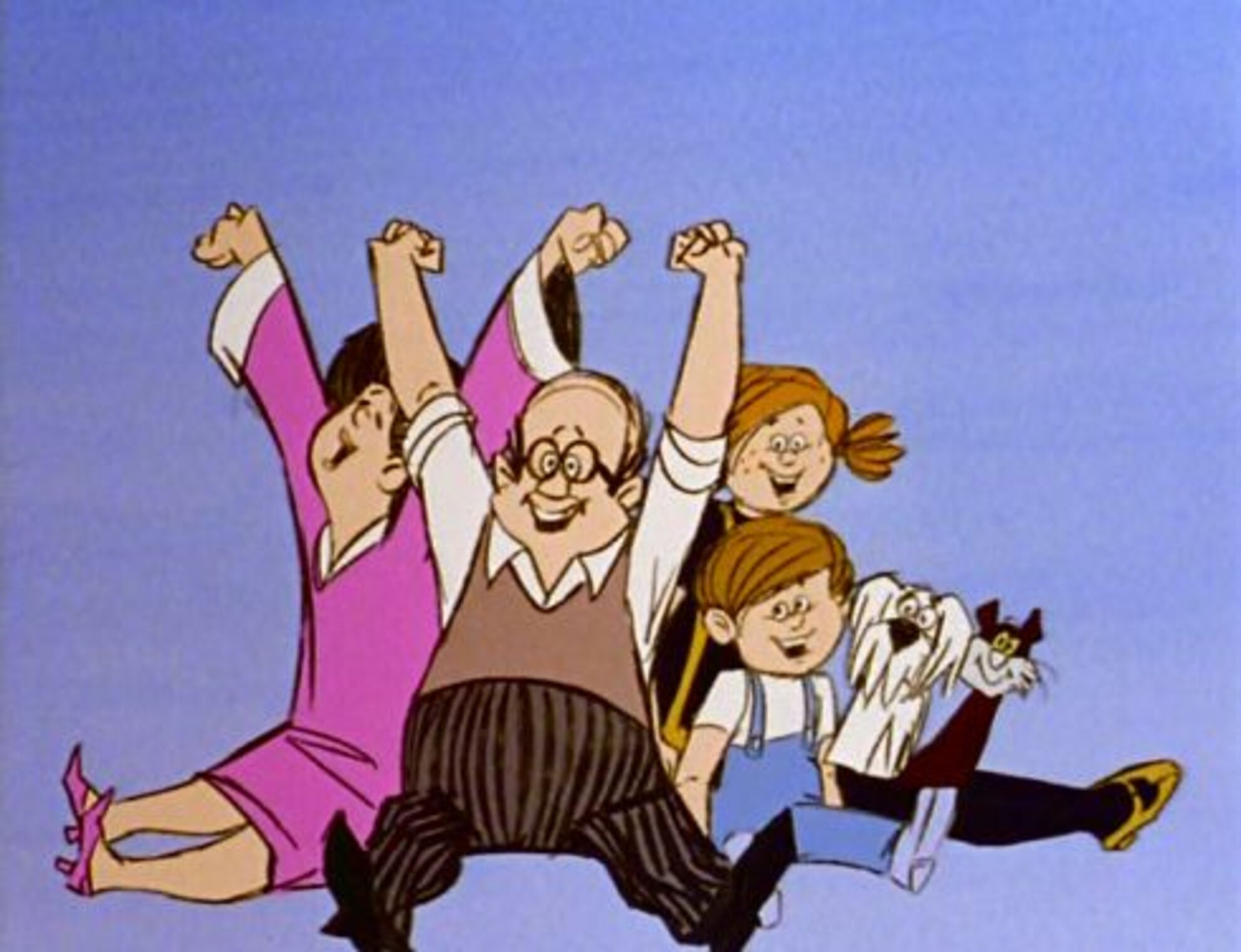
The Tales of Pom Pom
Written by
István Csukás
and
Ferenc Sajdik , and drawn by the latter,
Pom Pom
is based on a series of ever-popular books courtesy of the same duo of artists. The main characters are
Pom Pom,
the cutest talking mop-wig hybrid of all time, and
Picur
(Kiddo), a schoolgirl.
Pom Pom
tells tales relevant to the happenings of
Picur ’s life, introducing a number of
lovably odd creatures
in the process such as
Gombóc Artúr
(Arthur Dumpling), a
chocolate-craving bird
with Garfield’s appetite and body fat percentage.
Pom Pom
has only had
two seasons
– in 1980 and 1981 -, but, just like
Cat City
and
The Mézga Family , reached the pantheon of cartoons within a blink of an eye, and is often referenced and quoted to this day.
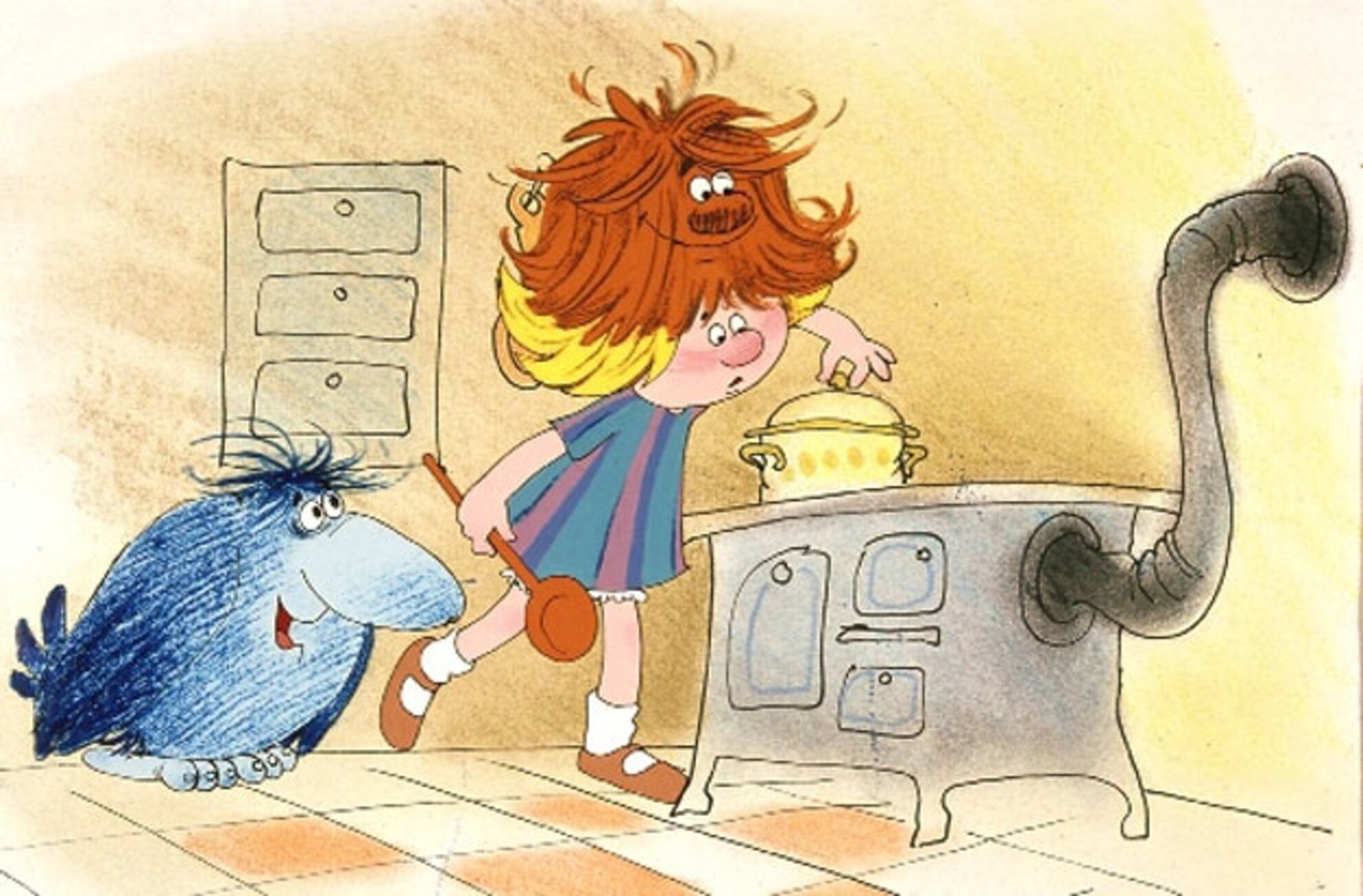
Next, please!
Most
Hungarians
refer to this legendary series that debuted in
1974
by the name of its main character, Dr. Bubó.
Dr. Bubó , an owl and a natural-born bachelor who fancies fine cigars, operates his consulting room in a lair. The ruling principle of his philosophy is that the body’s illnesses are rooted in
psychosomatic reasons , so he seeks the help of
psychology , but his diagnoses are always way off. His
assistant , a
gold-hearted bea r named
Ursula , is deeply in love with
Dr. Bubó , and often protects her Platonic sweetheart from enraged patients. Other main characters include
Sgt. Hawk
(Sólyom Csőrmester), the long beak of the forest’s law who’s a bit overzealous when it comes to arresting fellow animals.; and
Ernest Turtie
(Teknőc Ernő) the courier,
Sgt. Hawk’s underling , who drives his boss crazy with his slower-than-the-growth-of-grass velocity.
Next, Please!
mocks psychological and social problems
in a clever way, thus it’s more than consumable for adults. Speaking of psychological problems, the forest’s inhabitants deal with hillarious hardships: the
elephant suffers from an inferiority complex, the flea
is a
megalomaniac , the goose
is a
hypohondriac , the
pig
is a
drunkard , and so forth.
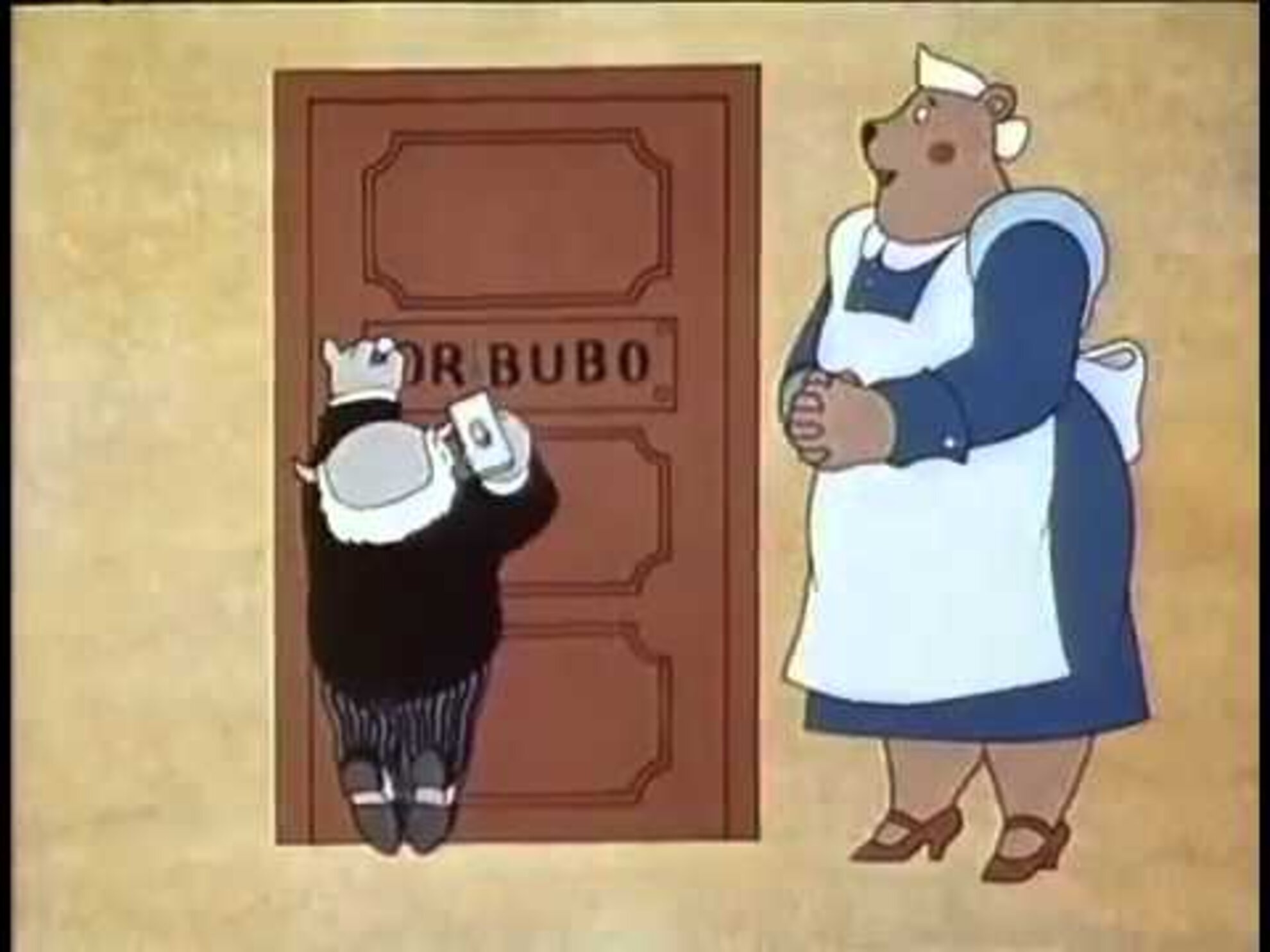
Frakk, the Terror of Cats
The title is a bit misleading, since
Frakk , the
Hungarian pointer , is not a serial kitten killer strolling around with a flamethrower; although he’s not too fond of the two fastidious cats he’s forced to live with, either. This talking trio of four-leggers is owned by a pensioner couple,
Uncle Charlie
(Károly bácsi) and
Aunt Vilma (Vilma néni).
Uncle Charlie ’s heart belongs to the more reliable and faithful
Frakk , while
Aunt Vilma sides with the mercurial cats. The pair of lazy troublemakers,
Lukrécia
and
Szerénke , are basically in war with
Frakk . This ancient rivalry symbolizes the conflicts of extremities,
attitudes , and even genders,
and also provides fun times for kids of all ages.
Frakk
was created by
Ágnes Bálint , had three seasons, and debuted in
1972 .
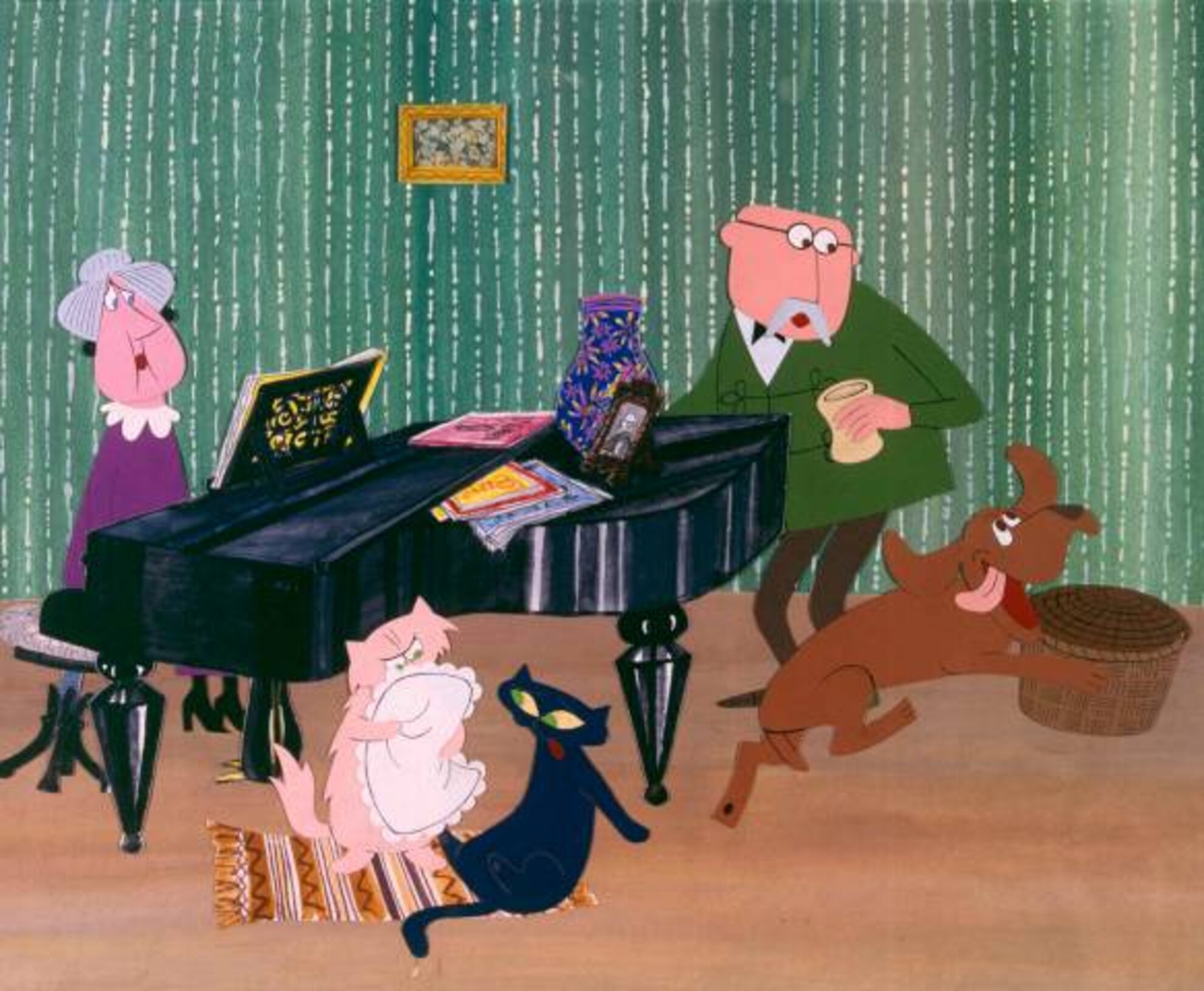
The Bunny with Checkered Ears
The Bunny with Checkered Ears
is – drum rolls, please – anchored by a bunny with checkered ears he can utilize as a propeller and fly around like a hippie in
Woodstock . He’s the angel-like, neon green version of
Bugs Bunny , and he’s always eager to help out anyone in need. The too-cute-for-school bunny’s most significant driving motives are his generosity and kindness, he doesn’t want to be either rewarded or glorified.
26 episodes
were aired between
1975 and
1978 , and, during the previous decade, the
Checkered-Eared
has become commercialized, and can be seen on
T-Shirts
or bought as a
plush toy .
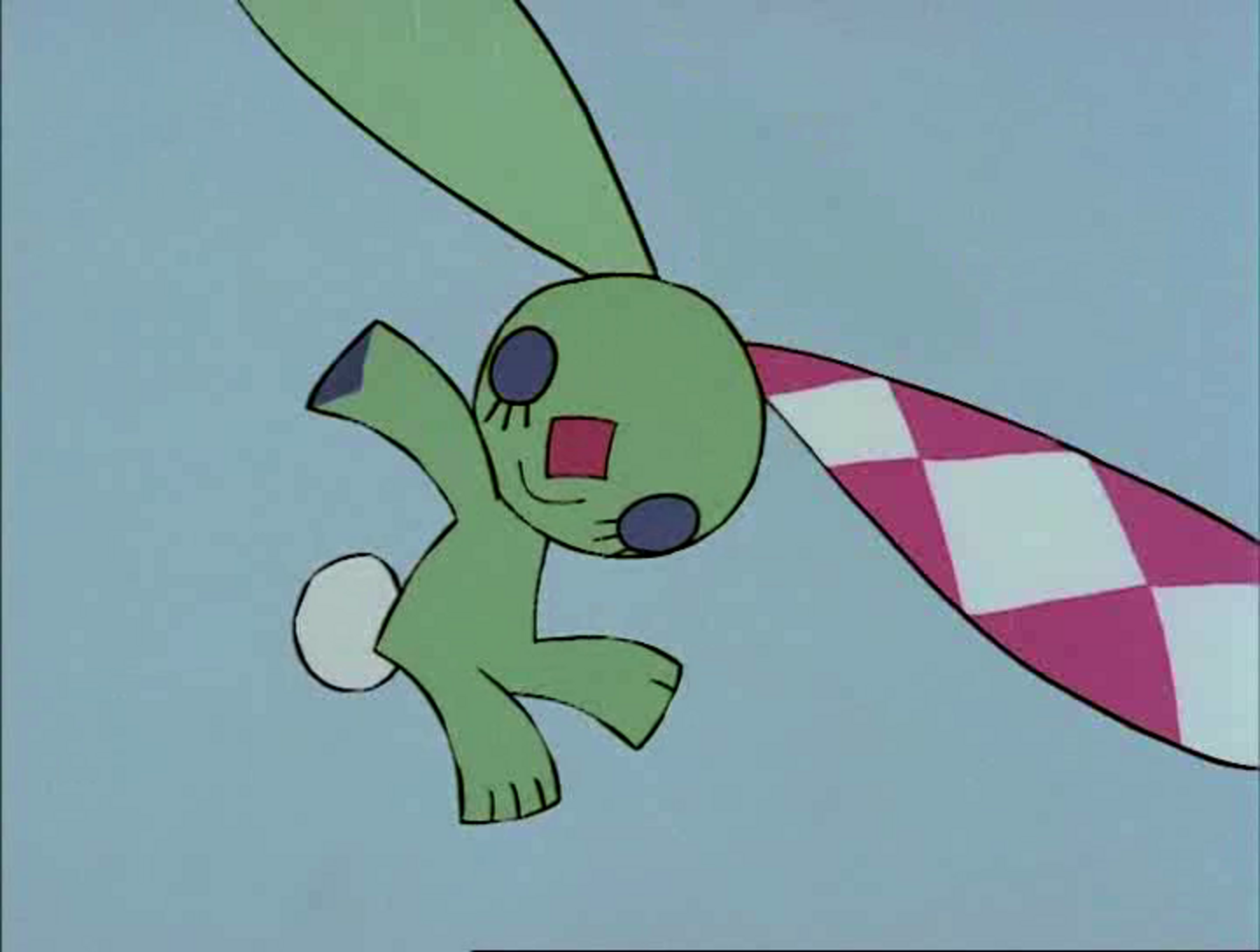
The Great Angler
The cartoon’s Hungarian title,
A nagy ho-ho-horgász, is rather hard to translate without making it sound like a late night fishing documentary, but we did our best. Anyway, the series kicked off in 1982, and had another season in George Orwell’s favourite year, 1984. The story is centered around the fishing adventures of The Great Angler and his main man – or rather main crawler -, the Boss Worm. The cartoon depicts the beauty of being passionate about what you love, and presents how enthusiasm and perseverance help to defeat obstacles.
